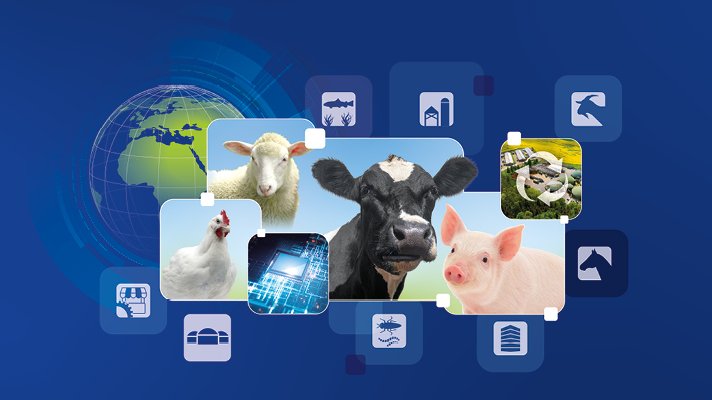We innovate animal farming
Social and political demands, a challenging market environment, rising environmental standards and the desire for more animal welfare are placing new demands on future-oriented animal farming worldwide.
Modern animal farming technology, with its high capacity for innovation, provides important answers and impulses. Its innovations are not only problem solvers for current challenges, but also drivers for a sustainable and yet growth-oriented economy.
The exhibitors at EuroTier 2024 will show in a variety of ways which new, innovative approaches and strategies can be used to improve the efficiency, sustainability and ethical standards of animal farming.
